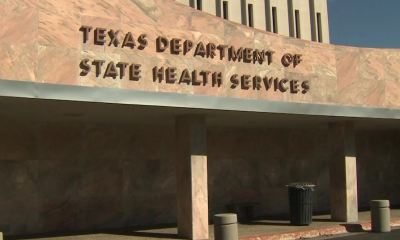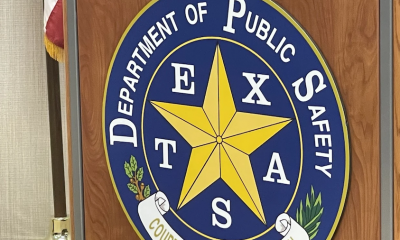COVID-19
Wanted in Dallas ISD: 1,800 tutors to help students catch up after COVID-19 disruptions
DALLAS, TX – Students in dozens of Dallas public schools will have access to a new after-school program next year to help them make up for learning opportunities lost to the pandemic.
It’s part of an ambitious plan to expand tutoring and other enrichment activities as kids grapple with the academic and emotional reverberations of COVID-19.
Dallas ISD will pay for three hours of after-school programming five days a week at 61 schools, featuring tutoring hubs, athletics and the arts. At the same time, the district is bulking up its pool of tutors who will provide consistent academic help to students during the school day.
“It’s going to help us significantly with learning loss and that’s really our biggest objective,” Superintendent Michael Hinojosa said.
District officials expect to use federal coronavirus relief funding to cover the cost, budgeted to be about $3 million for after-school programming and $12 million for tutoring over three years. The bigger challenge, officials say, will be finding the personnel to execute the district’s vision.
Derek Little, deputy chief of academics, estimates DISD will need as many as 1,800 tutors to work with students. The district won’t be able to recruit that many people by August, he said, acknowledging that building up the tutoring corps is part of a multi-year strategy.
“Where we’re going to find those 1,800 tutors is a big question,” he told the DISD trustees at a Thursday board briefing.
Other North Texas districts will be on the hunt for those same people. Plus, the district isn’t looking for someone willing to just help with students’ homework or read them a book every once in a while. Ideally, Little said, a tutor would work with a student as often as three times a week, building a relationship while providing academic help. The work they do must be aligned with what the child is learning in the classroom.
“We have to clearly define what high-dosage, high-quality tutoring is. This is not what we traditionally think of as tutoring,” he said. “Tutoring goes far beyond just homework help.”
Dallas school leaders plan to turn to local institutions of higher education to find tutors, along with expanding their partnerships with volunteer groups. They will likely also hire part-time tutors to work within the district.
“This is a big infrastructure commitment,” Little said. “Dallas ISD — and no district really — has tried to have that many tutors come in a short amount of time. We’re going to have to be really creative and exhaustive in exploring every avenue to source tutors.”
DISD will partner with Brown University’s National Student Support Accelerator, Little said, as it moves forward. The initiative works to create effective, research-based tutoring programs across the country.
The need is deep: In the fall, DISD released an analysis that showed half of all students experienced learning loss in math during disruptions caused by COVID-19, and nearly a third slipped in reading.
One-on-one tutoring is often reserved for students whose families have the means to pay for it. And Dallas schools don’t uniformly offer after-school programs, either, much less those that don’t cost parents.
Families are often left fighting for spots at recreation centers, trustee Ben Mackey said during the briefing. He pressed Little on when the district plans to open a program in every DISD school, not just those identified for the initial rollout.
“To get to all the schools, we have to have other partners in place,” Little said. “We want to ensure that what we do at these 61 campuses is high-impact, high-excitement opportunities for students — learn from that and then move on.”
District officials chose to place the first round of programs based on the district’s equity index. They expect about 75 students to participate at each campus.
Hinojosa said he hopes students are excited to join the after-school program, not just to catch up on learning, but because so many activities are offered.
“What my expectation is is that the students tell their parents, ‘Don’t pick me up at 3, I’m getting on the bus at 6 because I want to participate in this,’ ” he said. “That’s the kind of environment the kids look forward to.”










